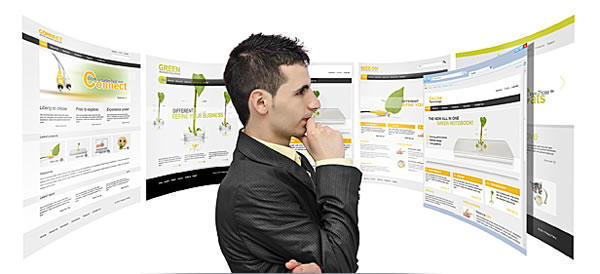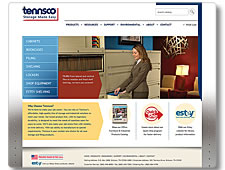
Websites are no longer simply communicating what you already have in print. Today, thinking about how your brand can interact and engage your targeted audience is key for your online presence. Re-evaluating your site’s navigational architecture and function to provide access to valuable information is also just as important. All this sounds like an arduous task; however, improvements in technology are making it easier to consider a re-launch. Modifying your design to be reflective of your brand also keeps your online presence current.
So, how long is long enough? Depending on your business, a general rule of thumb is every two to three years. Even the traditional cell phone contract is two-years in length to obtain the latest technology and features. Forbes Magazine’s Entrepreneurs section recommends a site audit in order to “most accurately assess what your site is doing well, what problems need to be solved, and what other parts of your branding and content strategy could be bolstered in the process.”
Some additional reasons that indicate it's time for an update are:
- the market has changed
- change in mission
- current site no longer reflects your organization's brand or services/products
- design and functionality are out of date
- content is out of date
- merger
- hard to make changes to the site
- it's not responsive with other devices such as mobile and tablets
- takes too long to load
- SEO rankings
 As an example, when it was time to update our client Tennsco Corp.’s website, the strategic planning led us to provide their customers and end-users with a way to be more engaged with their vast product line. Our goal was to create an interactive experience. We began by re-organizing the navigational architecture to streamline content and then developed an enhanced search tool that includes multiple sort functions such as size, product type, and color. We also included a “wish list” function, which allows viewers to tag and hold products during their session. In addition, complementing the written word are videos and support materials. The end result offers visitors a tool they can use and return to often. For the client, the content management system, allows them to keep the website and database up-to-date, internally.
As an example, when it was time to update our client Tennsco Corp.’s website, the strategic planning led us to provide their customers and end-users with a way to be more engaged with their vast product line. Our goal was to create an interactive experience. We began by re-organizing the navigational architecture to streamline content and then developed an enhanced search tool that includes multiple sort functions such as size, product type, and color. We also included a “wish list” function, which allows viewers to tag and hold products during their session. In addition, complementing the written word are videos and support materials. The end result offers visitors a tool they can use and return to often. For the client, the content management system, allows them to keep the website and database up-to-date, internally.
| Name: | Remember me |
| E-mail: | (optional) |
| Captcha | |


